“UNUSUAL ANIMALS” – By Des Kelly
As an animal-lover (of all animals, big and small), I was fascinated to read about 15 of them that I did not know, existed. However, as the saying goes, we live and learn.
My thanks go out to Harry de Sayrah and Keith Bennett for this very interesting “piece”, which I feel certain will interest all the readers of eLanka, everywhere, teaching every one of us that these creatures of God, however rare, must all be looked after, before they face the threat of extinction. If I have said it once, I will repeat this a thousand times.
Animals are different to human beings, only in that they cannot express their feelings in spoken words. The “feelings” of happiness, sadness, loneliness and pain are exactly the same, as in humans, the only difference being that a human being can, and will, express their feelings in no uncertain terms, to family or friends, and, in doing so, “get it out of their system”, so to speak. It was not so bad, as I was growing up, myself, but animal-cruelty has become worse with every decade I have been through, numbering eight to date. I am very proud to say that every single member of my family are dedicated animal-lovers and get very angry indeed at the way in which some animals are treated around the World, at the moment. Enough said!!.
Please enjoy this article on the more unusual specimens of God’s beautiful creatures, placed here by HIM, only to enhance our Planet.

Desmond Kelly.
(Editor-in-Chief) eLanka.
15 Exotic Animals I Never Knew Existed!
There are so many odd species of animals roaming the corners of the Earth. Some are so bizarre looking that you would never imagine anything like them existing at all! You may even have to look closely at a few of the animals on the list to understand what they are. Here are 15 of the most bizarre looking animals on the planet:
1) The Maned Wolf
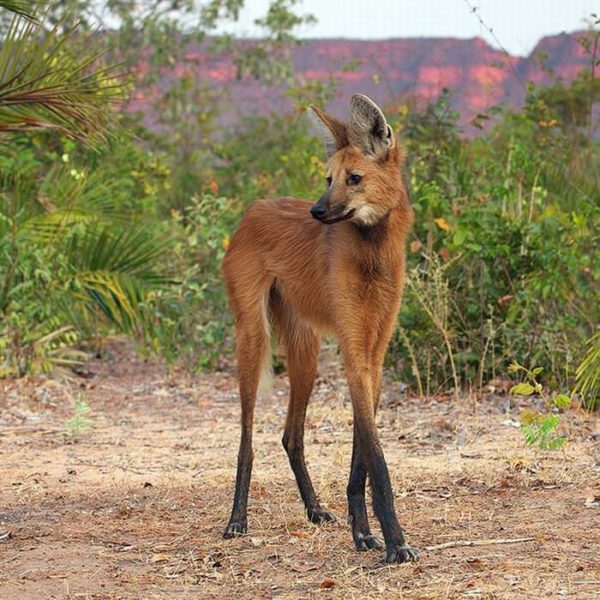
2) The Gerenuk
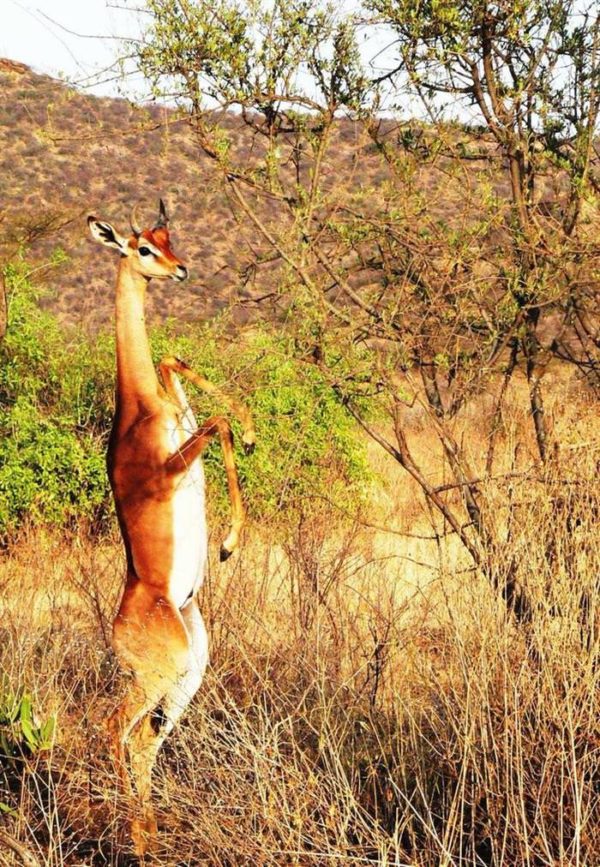
The Waller’s gazelle can be found throughout the Great African Lakes region. The name Gerenuk translates to “giraffe-necked” in Somali.. The long neck of the Gerenuk allows it to reach for foods in large bushes or trees. They grow around 150 centimeters or 59 inches in size.
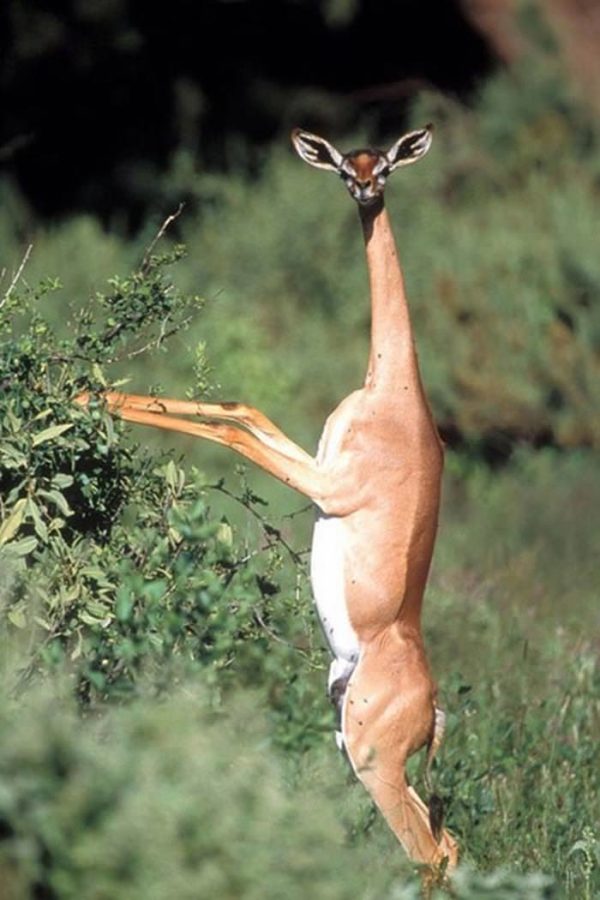
3) The Star-Nosed Mole
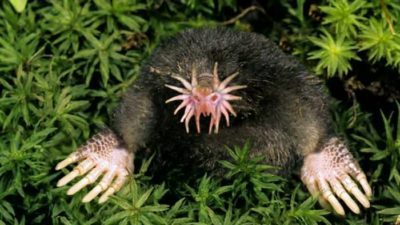
What on earth is that thing? The Star-Nosed Mole gets its distinctive name from its snout, known as Eimer’s organs. The snout helps the mole navigate around. These odd looking moles can be found throughout various parts of Canada, and the United States.
4) The Markhor
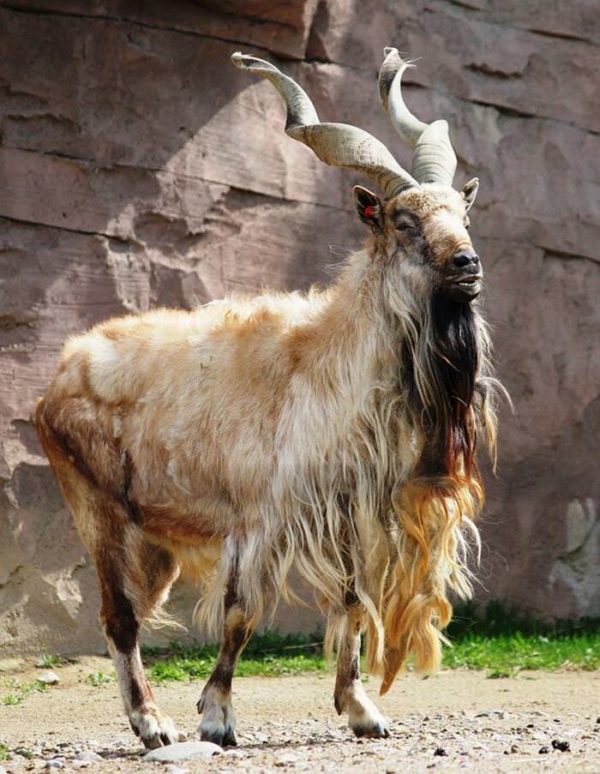
The markhor is a wild goat that can be found throughout Northeastern Afghanistan and Northern Pakistan. The origin of the name stems from its abilities kill snakes, and from the shape of their coiled horns. The locals believe that the dripping foam coming from their mouths can cure snake bites. They are also an endangered species, with only 2,500 in existence today.
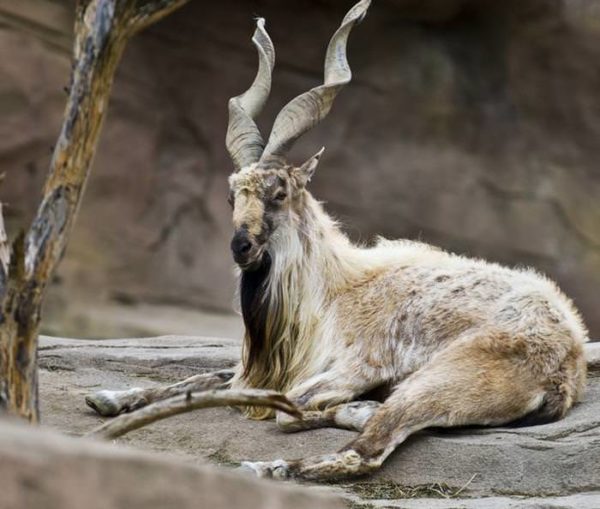
5) The Dhole
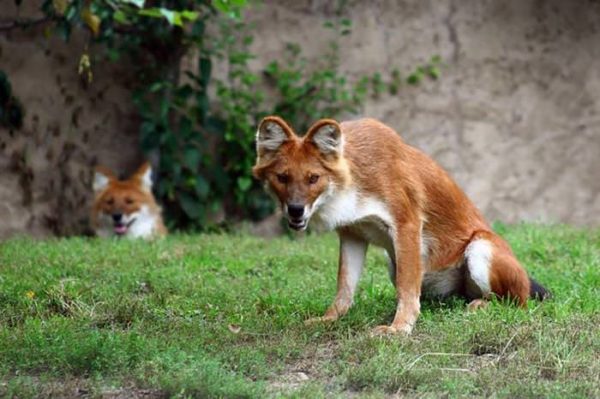
This particular canid is a resident of Southeast Asia. Despite the ferocious appearance of the dhole, they actually fear humans, believe it or not. The average male dhole can weigh anywhere from 10 to 25 kg or (22 to 55 lb). They typically hunt medium-sized ungulates.
6) The Raccoon Dog
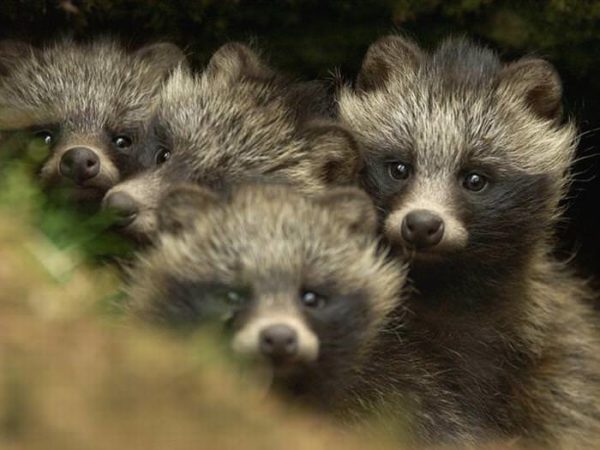
These furry little guys might look cute, but you wouldn’t want any of them running around inside your house. Raccoon dogs carry a widespread assortment of diseases along with them. They are also omnivores, and can be seen throughout parts of East Asia.
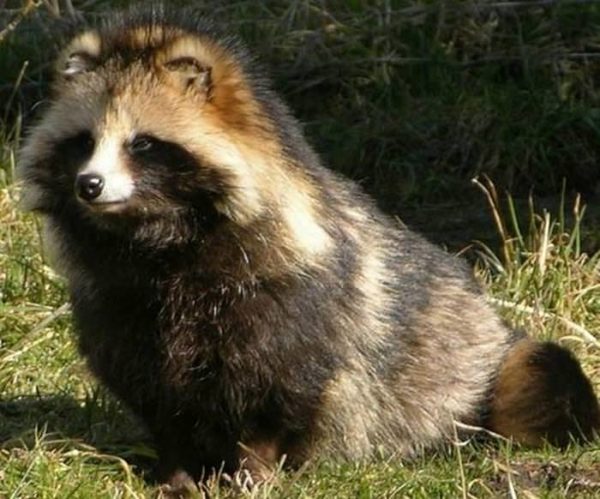
7) The Irrawaddy Dolphin
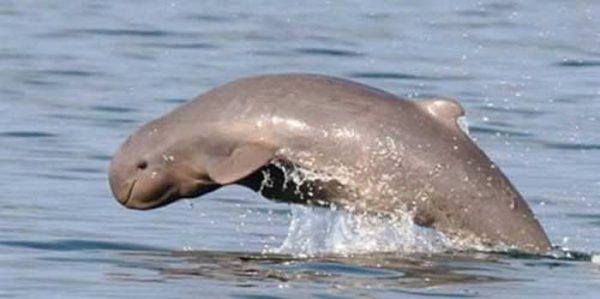
Irrawaddy dolphins are related to killer whales, and can range anywhere between 200 lbs or 90 kg to 440lbs or 200 kg. The species name is Latin for short-beaked. They can be found swimming near sea coasts in parts of Southeast Asia and the Bay of Bengal.
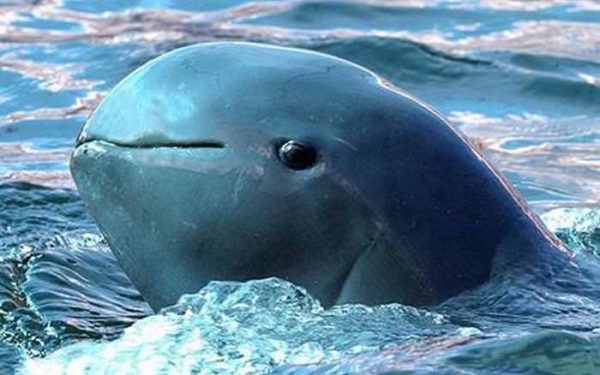
8) The Pink Fairy Armadillo
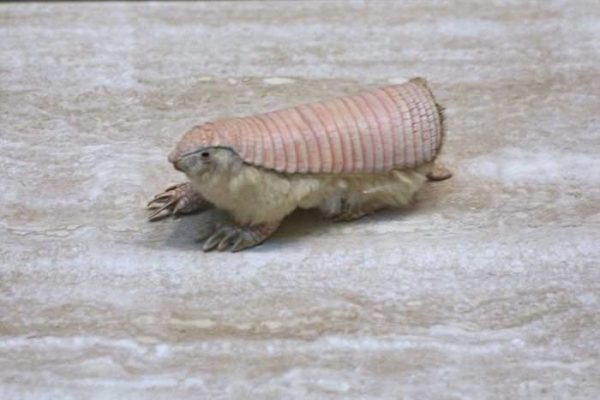
This tiny little critter measures in at only 3.5 inches (8.9cm) to 4.5 inches (11.4cm) long. The pink fairy armadillo can be found in central Argentina. Their sharp claws allow it to swim effortlessly through the sands. The bony shell acts as a defensive armor against large prey.
9) The Patagonian Mara
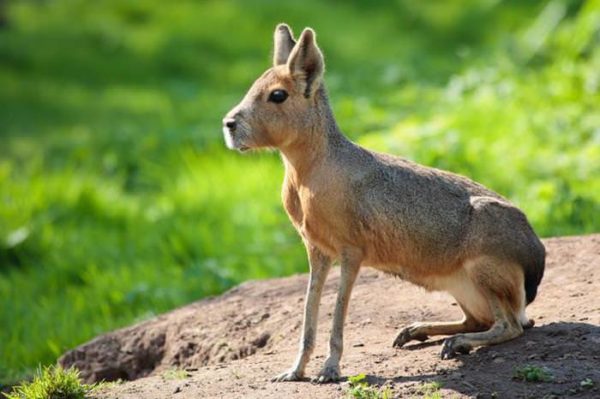
The mara appears rabbit-like in terms of appearance, but they actually belong to the rodent family. They are herbivorous, live throughout desert regions of the Patagonia, and in Argentina. They can grow as large as 75 cm (3 feet), and weigh as much as 16 kg (35lbs).
10) Southern Red Muntjac
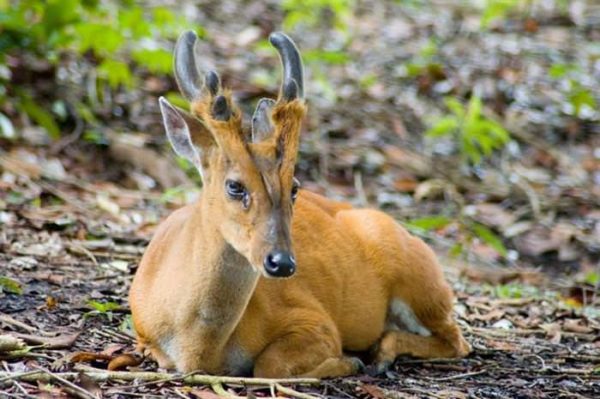
The southern red muntjac also goes by the Indian muntjac. They have canine teeth very similar to that of dogs. Muntjacs are omnivorous, and can be found at very high altitudes in certain parts of Southern Asia. The muntjacs will emit a bark-like sound when threatened.
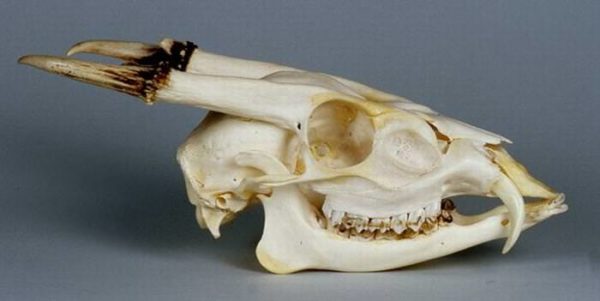
11) The Southern Right Whale Dolphin
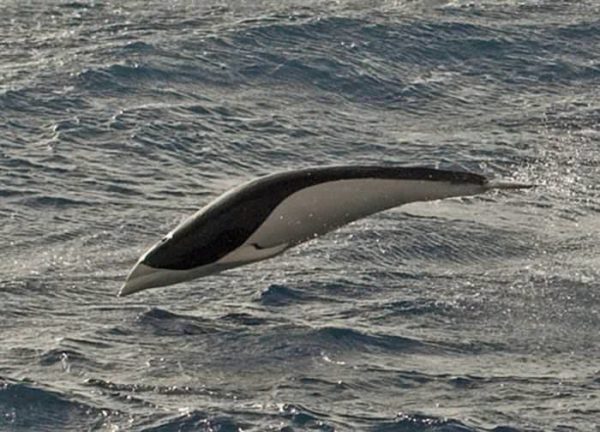
This dolphin-whale hybrid makes it home throughout cool waters of the southern hemisphere. They don’t have any visible teeth either. Their diet consists of other fish and squid. Adult whale dolphins Adults grow as large as 2.9 meters or 9.5 feet, and weigh around 100 kg (220 lb).
12) The Zebra Duiker
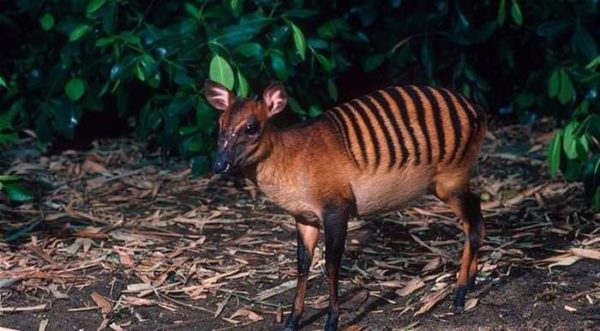
The duiker is actually a small antelope that is found throughout certain parts of Liberia. Their golden red-brown stripes give it their distinctive zebra-like appearance. They live off fruits, seeds, and smaller rodents. Adults can grow up to 90 cm or (35 inches).
13) The Amazonian Royal Flycatcher
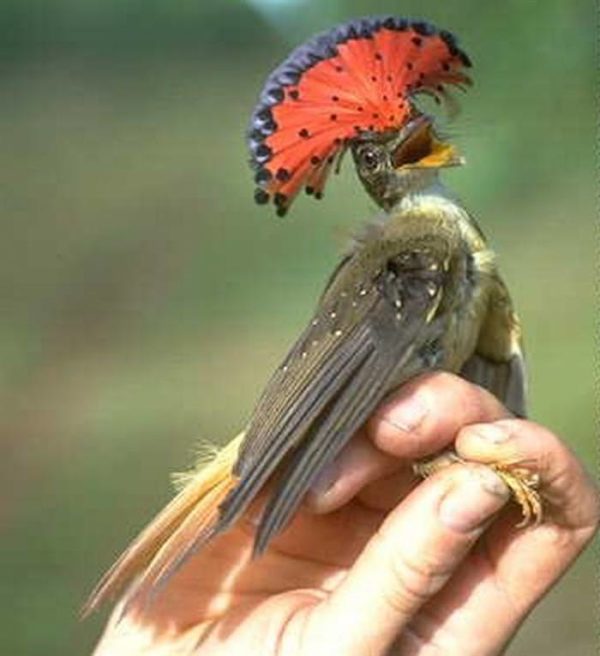
The Amazonian royal flycatcher is a species of the passerin family. The flycatchers build enormous nests on branches near water, which makes it difficult for predators to reach. They can be seen throughout forests and woodlands in South America.
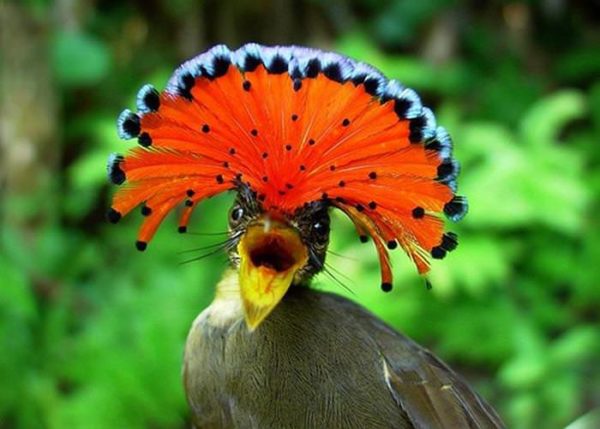
14) Yeti Crab
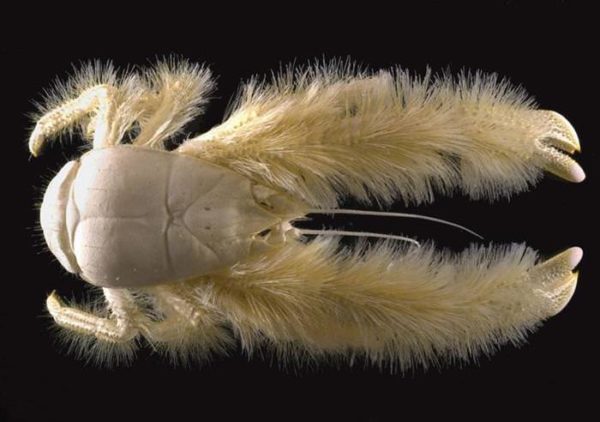
The Kiwa hirsuta is a fuzzy-like crustacean that swims in the South Pacific Ocean. They can reach a size of nearly 6 inches or 15 cm. They were discovered in 2005 by a group of marine biologists, and named after the goddess of the shellfish in Polynesian mythology.
15) Sunda Flying Lemur
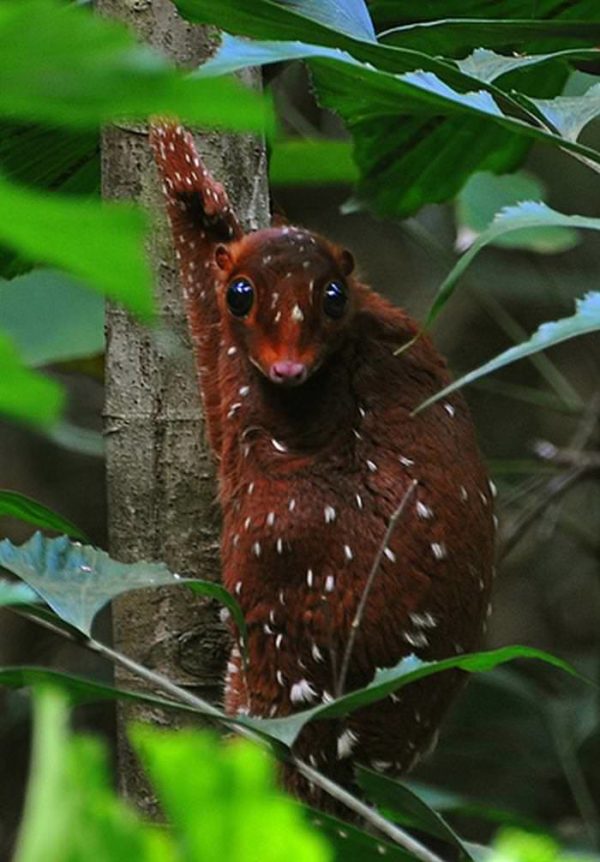
The lemur is also referred to as the Malayan colugo, and lives in certain parts of Southeast Asia. They resemble squirrels in terms of appearance. They use the tips of their fingers, toes and nails to glide from tree to tree. They are active at night and grow anywhere between 34 to 38 cm (13 to 15 inches).








No Comments